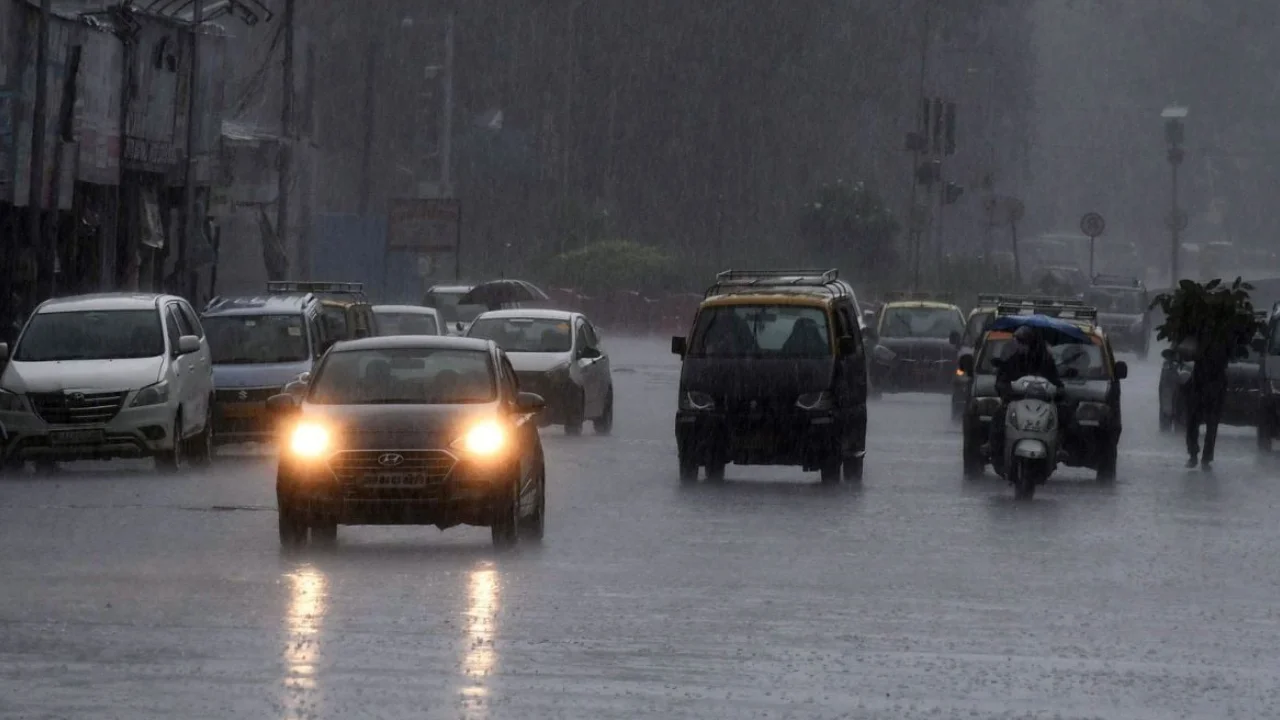The rainy season can bring welcome relief from scorching heat, but it also poses challenges for car owners. Excess moisture, heavy rains, and waterlogging can damage your vehicle if you’re not prepared. Protecting your car from moisture damage during the rainy season requires proactive care and maintenance. Here’s a comprehensive guide to keep your vehicle in top condition even in the wettest weather.
1. Inspect and Maintain Your Car’s Exterior
Rain can be surprisingly corrosive, especially when mixed with pollutants. Protect your car’s exterior by:
- Waxing: Apply a high-quality wax or paint sealant before the rainy season to create a protective barrier against water and grime.
- Checking for Scratches: Repair any scratches or dents to prevent rust formation.
- Maintaining Wipers: Ensure your windshield wipers are in good condition to clear rain effectively. Replace worn-out wiper blades to maintain visibility.
2. Check Your Tires
Wet roads increase the risk of skidding, so your tires must be in excellent condition.
- Tread Depth: Ensure the tread depth is adequate for proper traction. Use a tread depth gauge or the “penny test” to check.
- Tire Pressure: Maintain the recommended tire pressure for optimal grip on slippery surfaces.
- Alignment and Balance: Proper wheel alignment and balancing reduce uneven wear and improve handling on wet roads.
3. Prevent Water Leaks
Moisture inside your car can lead to mold, mildew, and unpleasant odors. Take these precautions:
- Seal Check: Inspect door and window seals for cracks or damage. Replace damaged seals to prevent leaks.
- Sunroof Drains: Clean out sunroof drains regularly to avoid water accumulation inside the car.
- Floor Mats: Use waterproof or rubber floor mats to protect your car’s interior from mud and water.
4. Protect Your Car’s Undercarriage
The undercarriage is highly vulnerable to rust during the rainy season.
- Anti-Rust Coating: Apply an anti-rust treatment to safeguard against corrosion.
- Regular Cleaning: Wash the undercarriage frequently to remove mud, dirt, and salt that can accelerate rust.
5. Ensure Proper Lighting
Visibility is critical during heavy rains. Check your car’s lighting system:
- Headlights and Taillights: Clean and inspect them for brightness and functionality.
- Fog Lights: If your car has fog lights, ensure they are operational.
- Indicators: Confirm that turn signals and brake lights are working correctly.
6. Safeguard the Battery
Moisture can affect your car’s electrical system, especially the battery.
- Check Connections: Inspect battery terminals for corrosion and tighten any loose connections.
- Charge Level: Test the battery to ensure it holds a charge effectively.
7. Monitor Engine and Fluids
Rainwater can mix with vital engine fluids, causing damage.
- Oil Levels: Check and replace the engine oil if contaminated.
- Coolant: Ensure the coolant is at the correct level and free of contaminants.
- Air Filter: Replace a clogged air filter to prevent moisture-related performance issues.
8. Be Prepared for Emergencies
Even with the best precautions, emergencies can happen. Keep these essentials in your car:
- Raincoat and Umbrella: For personal protection during roadside emergencies.
- Flashlight: Useful in low-visibility conditions.
- Emergency Kit: Include jumper cables, a first aid kit, and basic tools.
- Tow Rope: In case of waterlogging or breakdowns.
Final Thoughts
Taking the time to prepare your car for the rainy season will save you from costly repairs and potential safety hazards. Regular maintenance, attention to detail, and a few preventive measures can make a significant difference. So, gear up and drive confidently, knowing your car is ready to tackle the rain without a hitch!

